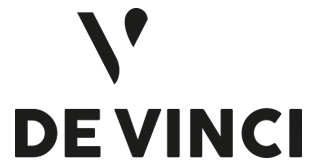When does eWOM truly matter? Kristine de Valck
Seminars Business Group : The De Vinci Research Center Business Group combines the expertise from research professors in innovation, marketing, human resources, and entrepreneurial strategy. Key areas of research include improving technological learning models, understanding the impact of digital strategies on business ecosystems, and improving B to B customer relationships.
Invited guest:

Kristine de Valck (PhD RSM Erasmus University) is Associate Professor of Marketing at HEC Paris. Currently, she acts as the Marketing Department Chair.
Over the past 15 years, her research and teaching focus on how the Internet in general and social media in particular have changed consumer behaviour and the marketplace. Some of her latest research interests include measuring the ROI of social media marketing, understanding changing television series consumption patterns due to the rise of digital technologies, as well as managing member conflicts in online communities of consumption.
Seminar Topic
When does electronic word of mouth truly matter? An eye-tracking study. Authors: Francesca SOTGIU (Vrije Universiteit Amsterdam), Kristine DE VALCK (HEC Paris). Abstract: In today’s connected world, electronic word of mouth (eWOM) acts as an influential element in consumers’ decision making process. Consumers have embraced review and rating sites, comparison sites, search engines, and social media to get informed about the products they consider buying. As a result, many marketers are actively engaging in word of mouth marketing, i.e., the management of consumer-generated content about goods, services, brands and companies. At the same time, a large body of academic research has focused on understanding what drives and moderates the effect of eWOM on sales. This paper moves from a macro-level investigation of eWOM effectiveness in the marketplace to a micro-level investigation of how consumers actually attend to and use the different manifestations of eWOM on review and rating sites to inform their purchase intentions. In particular, we investigate the relative importance of elements such as review volume, valence, variance and textual review content by means of two eye-tracking experiments, 11 interviews, and 22 think-aloud protocol observations. Our multi-method approach allows us to identify patterns among different sources of information used by consumers when comparing alternative product offerings.
Registration











